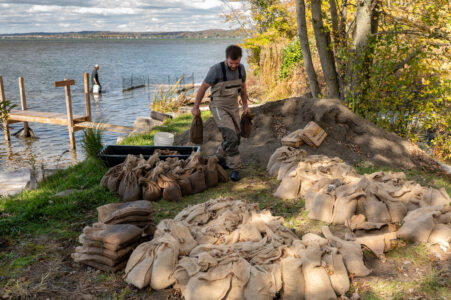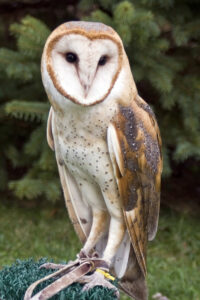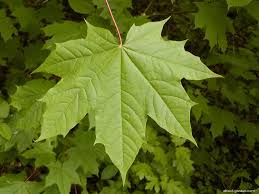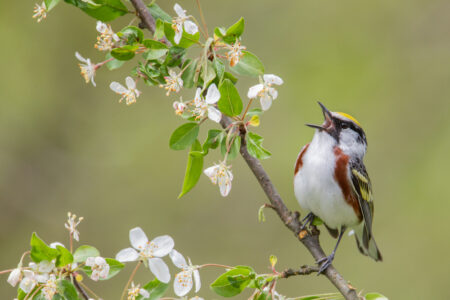Restoring Balance Beneath The Surface

Man placing a mixture topsoil and sand into biodegradable burlap bags.
For centuries, aquatic plants in Chautauqua Lake have sparked debate – usually over whether to remove them or leave them alone, but rarely about planting more. Many lake users believe there are already too many plants, especially invasive ones, a perception not without reason given the challenges dense vegetation creates for recreation, navigation, and lakefront enjoyment.
Battling invasive species is a continual and demanding effort, especially as new threats emerge each year. In recent years, one particular invasive, Starry Stonewort, has become a major concern. Native to Eurasia, this macroalgae is identifiable by its branching green filaments and distinctive white, star-shaped bulbils from which it gets its name. It is capable of outcompeting native species, forming dense monocultures, and spreading rapidly through both bulbils and fragmentation. Fragmentation is of particular concern in high-traffic areas, where boat props can easily chop and disperse fragments to new locations. Two of the areas most heavily affected, Ashville Bay and Prendergast Bay, are located directly adjacent to busy marinas and boat launches, making them especially vulnerable to further spread.
In recent years, CWC’s Early Detection AIS program has documented a significant increase in the extent of Starry Stonewort. In response, CWC collaborated with the Chautauqua Lake & Watershed Management Alliance, the Chautauqua Lake Association, the Towns of North Harmony and Chautauqua, and the New York State Department of Environmental Conservation to undertake large-scale removal efforts. Using Diver Assisted Suction Harvesting and amphibious Mobitracs, a significant amount of Starry Stonewort was removed from Ashville Bay, Prendergast Bay, and the Elmhurst area during the summer and early fall.
While these removals reduced the immediate density of the invasive, they also left large areas of lakebed bare and vulnerable to recolonization, providing ideal conditions for Starry Stonewort or other invasives to return. To counter this risk, CWC proposed an innovative approach: revegetating the cleared areas with beneficial native plants. With funding from the Chautauqua Lake & Watershed Management Alliance, CWC designed a pilot project to reintroduce eelgrass into the cleared zones of Ashville Bay.
Eelgrass is a native aquatic plant found throughout Chautauqua Lake, easily recognized by its long, ribbon-like leaves. It is hardy, adaptable, and provides numerous ecological benefits, including sediment stabilization, water quality improvement, and critical habitat for fish and waterfowl. It’s also an important food source for several aquatic animals. Notably, eelgrass has a sturdy root system and flexible leaf structure, traits that help it withstand wave action and disturbance and make it more resilient to future Starry Stonewort management activities.
Previous surveys by CWC found that dense eelgrass beds often coincided with reduced Starry Stonewort abundance and oftentimes acted as natural barriers to its spread. Based on these observations and other research, eelgrass was selected as the ideal species for replanting. Guided by NYSDEC and other restoration projects, CWC developed a planting strategy using biodegradable burlap bags filled with a mixture of topsoil and sand. After soaking the bags to reduce transplant shock, they were then planted with healthy eelgrass shoots. Once sealed, the bags were transported by jetsled and placed on the lakebed to form the perimeter of each planting plot. Inside the boundaries, additional eelgrass plants were installed directly into the substrate as bare-root transplants. This layout stabilizes sediment, buffers against waves and ice scour, and protects the young plants during their early growth.
Four plots were established within Ashville Bay using eelgrass that had already been uprooted from other parts of Chautauqua Lake to ensure local compatibility. The project was designed to be repeatable and to yield measurable data on plant survival, density, and spread. CWC will monitor the plots over the next year to evaluate establishment success and refine planting methods. Depending on results, the program may expand to additional sites and incorporate other native plant species.
This pilot project takes an innovative, ecologically grounded approach to aquatic plant management – balancing restoration with control. Instead of treating vegetation solely as a nuisance, it recognizes the essential role native plants play in sustaining a resilient lake ecosystem. Though it may seem counterintuitive to add plants to a lake known for its abundance of plants, restoring native species like eelgrass strengthens the ecological health and stability of Chautauqua Lake. Sometimes, the best way to control what we don’t want is by giving what we do want the chance to thrive.
Chautauqua Watershed Conservancy is a not-for-profit organization with a mission to preserve and enhance the quality, scenic beauty, and ecological health of the Chautauqua region’s lands and waters for our community. For more information, visit chautauquawatershed.org and follow us on Facebook and Instagram.






